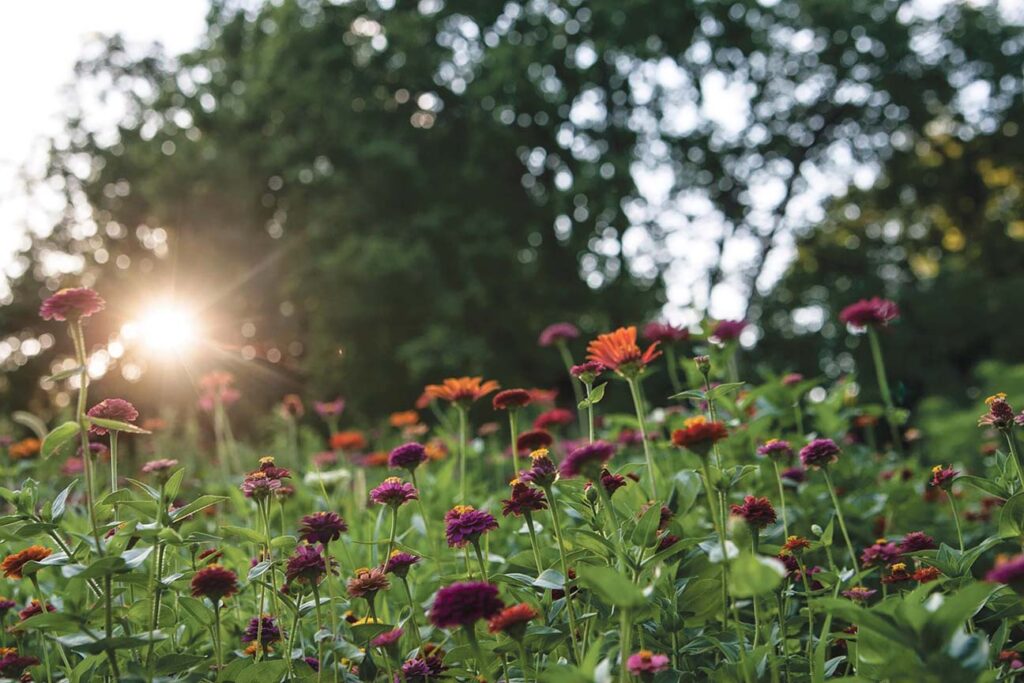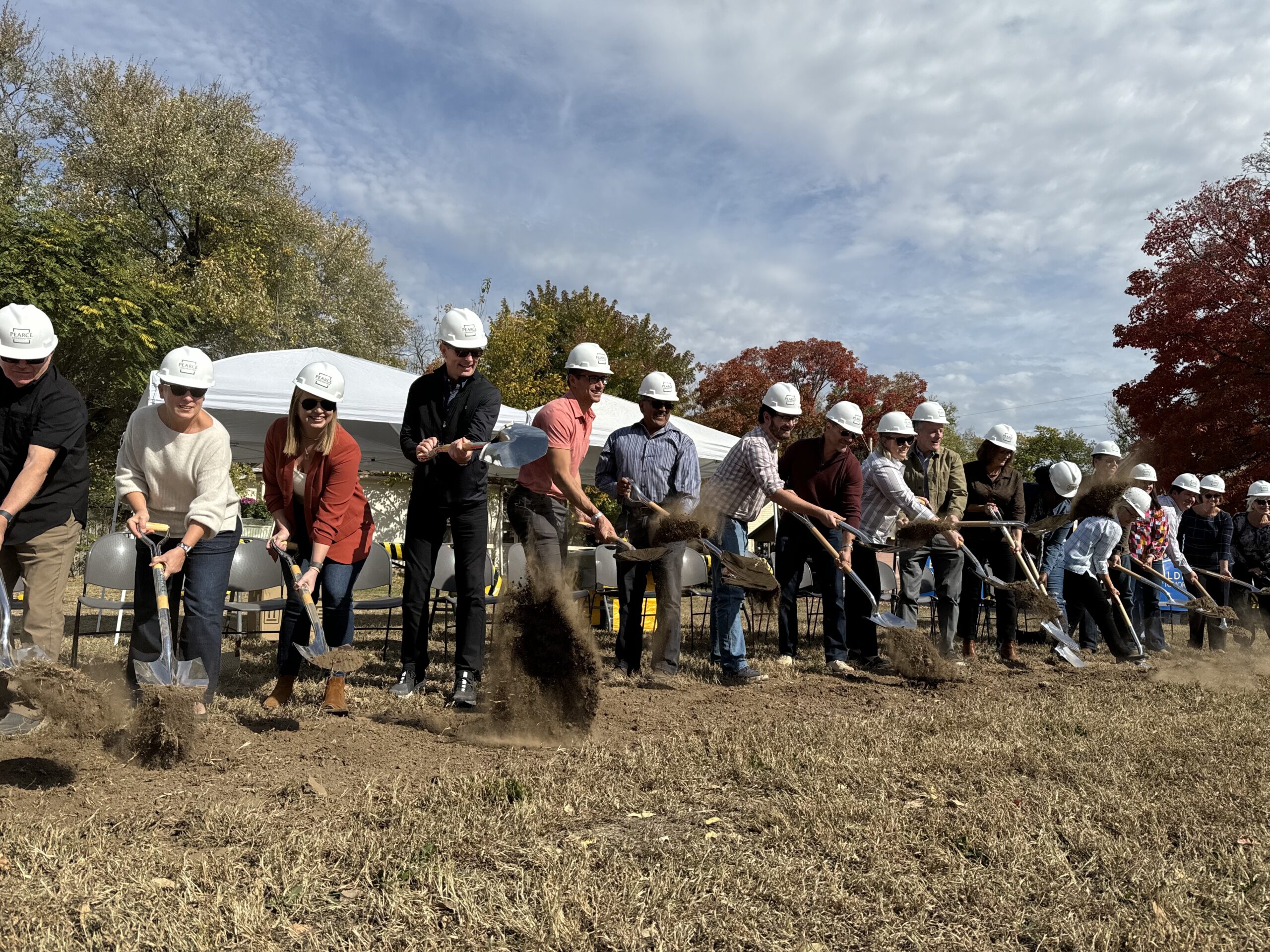
Abby Hoover
Managing Editor
The City Nature Challenge is a world-wide collaborative bio-blitz event that offers people the opportunity to connect with the outdoors and contribute to the scientific community in a meaningful way.
Starting Friday, participants all over the Kansas City metro area can document species using the iNatualist app all weekend through Monday, May 1. The challenge is a friendly competition with other cities participating to identify the most species.
To encourage participation in this collaboration, there will be an event at Kessler Park on Saturday morning (April 29) at 10 a.m., hosted by Jerusalem Farm AmeriCorps VISTA Adam Rossi. Participants will meet at Gate 4 near Gladstone and Van Brunt Boulevards.
Parking is available in front of the gate, and along Gladstone Boulevard. Rossi will offer a brief introduction to the challenge and the iNaturalist app, and then lead a brief hike on a mountain bike trail with a naturalist to learn about some of the different species that are in Kessler Park.
Participants are then encouraged to continue to document species anywhere in the metro area for the rest of the weekend.
Started in 2016 for the first-ever Citizen Science Day, the community science teams at the Natural History Museum of Los Angeles County and California Academy of Sciences dreamed up the City Nature Challenge as a fun way to capitalize on their home cities’ friendly rivalry and hold an event around urban biodiversity. The first City Nature Challenge was an eight-day competition between Los Angeles and San Francisco, engaging residents and visitors in documenting nature to better understand urban biodiversity.
The City Nature Challenge is an international effort for people to find and document plants and wildlife in cities across the globe. Cities are in a friendly contest with each other to see who can make the most observations of nature, who can find the most species, and who can engage the most people.
In its first year, over 20,000 observations were made by more than 1,000 people in a one-week period, cataloging approximately 1,600 species in each location, including new records for both areas. In 2016, there was so much excitement and interest from people in other cities that the organizers knew they couldn’t keep the fun just to themselves. In 2017 the City Nature Challenge went national, and in 2018, it became an international event.
The Greater Kansas City Metro Area City Nature Challenge includes Cass, Clay, Jackson, Platte, and Ray counties in Missouri, and Johnson, Leavenworth, Wyandotte and Miami counties in Kansas.
Kansas City’s Office of Environmental Quality is hosting the 2023 City Nature Challenge for the Kansas City metro area. Partners include the Heartland Conservation Alliance and the Kansas City Zoo.
“The City Nature Challenge is a friendly, global competition among metro areas to see whose residents can spot and identify the most wildlife,” according to local organizers. “We’ll be looking for signs of life in local parks, neighborhoods, and backyards to see what plants and animals share our environment.”
The fun, family-friendly event is open to all ages and levels of expertise. Participants will help scientists collect valuable information on urban biodiversity.
A bio-blitz is when people go out and identify all the species that they can in a set period of time, whether plant, animal, fungi, or other.
Participants don’t have to be able to identify the species, all they do is take a photo and upload it to the app, where they can register as part of the Kansas City City Nature Challenge, where it is identified and recorded.
“There’ll be stats published, so we’ll see where we rank with other cities,” Rossi said. “Hopefully we just beat St. Louis.”
The Office of Environmental Quality recruited people to host events throughout the metro area.
Near Gate 4 of Cliff Drive, neighbor Melissa Estelle showed Rossi a mountain biking trail that the Urban Trail Co. is working on.
“She thought it might be a good trail just to hike and just to look at stuff and observe stuff and get people excited,” Rossi said. “And then the rest of the weekend, go see what’s in your backyard, go see what’s in your local park, whatever.”
Rossi is hopeful to find a naturalist to guide and help participants identify native and non-native plants along the trail. Additionally, evidence of animals like scat, fur, feathers or a nest can be used to document their species.
Living in an urban area, some participants may be surprised by how many species are living around them.
“I think there’s an incredible amount of living stuff all around us,” Rossi said. “I’m curious to know what’s out there, especially given Kansas City’s history, like this idea of City Beautiful, the park and boulevard system, like, does that work? Do we have more species because of those parks than we would otherwise?”
Rossi, who grew up in a small town, would often go birding. Moving to Northeast, he notices fewer birds, but it’s exciting to see various kinds as they migrate.
On the heels of the Northeast Spring Clean Up, and the massive city-wide Earth Day clean up, many Kansas Citians have conservation on their minds.
“Biodiversity yields so many benefits,” Rossi said. “It’s ecosystem services, like clean air and clean water, and how important a well-functioning ecosystem is to all of that and the fact that, generally speaking, the higher biodiversity you have in an ecosystem, the better functioning it is and the better it works.”
More information on the City Nature Challenge can be found at kcmo.gov/programs-initiatives/city-nature-challenge.



















